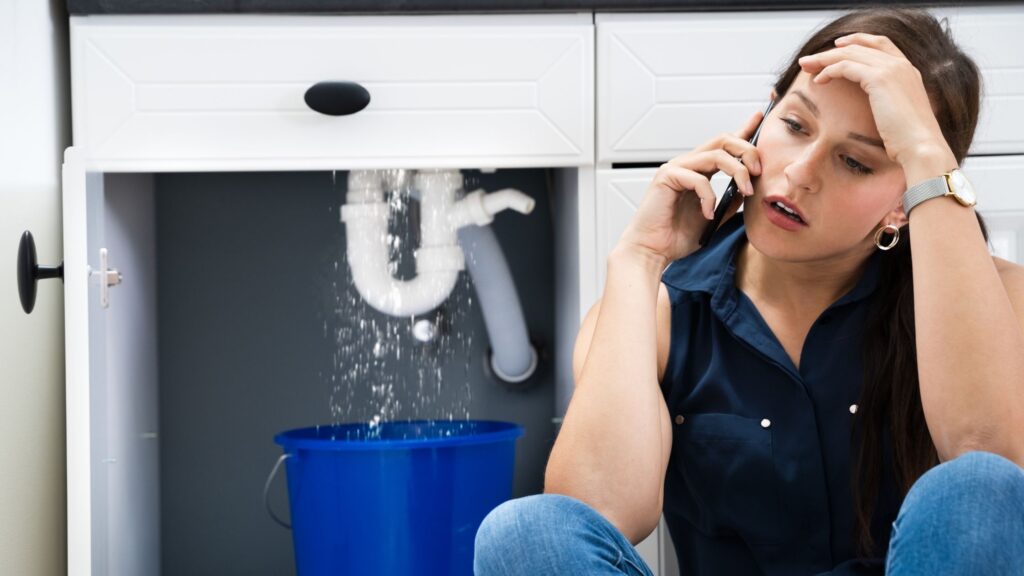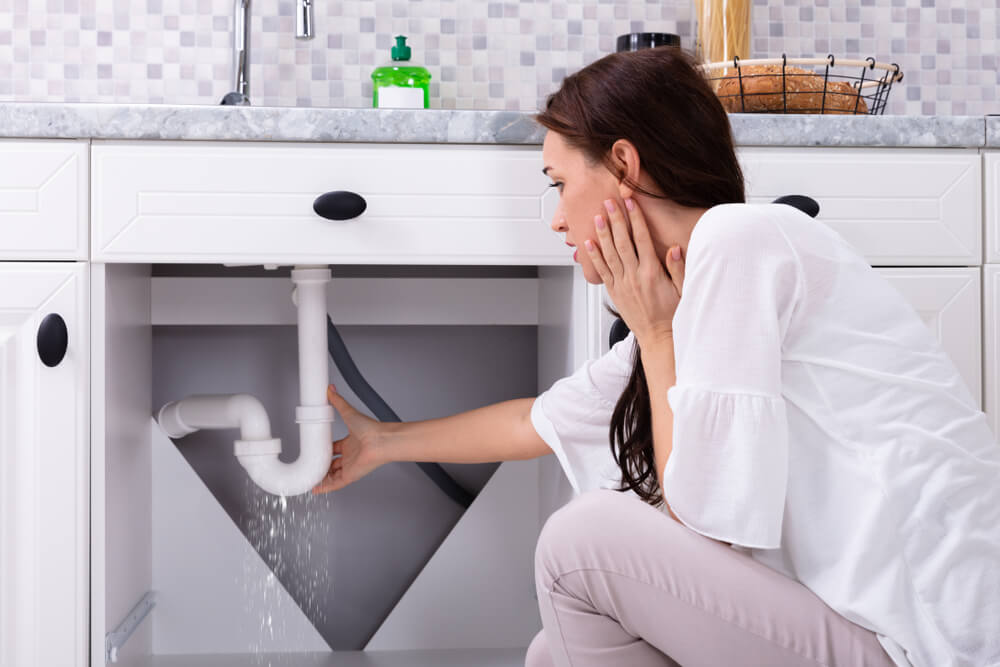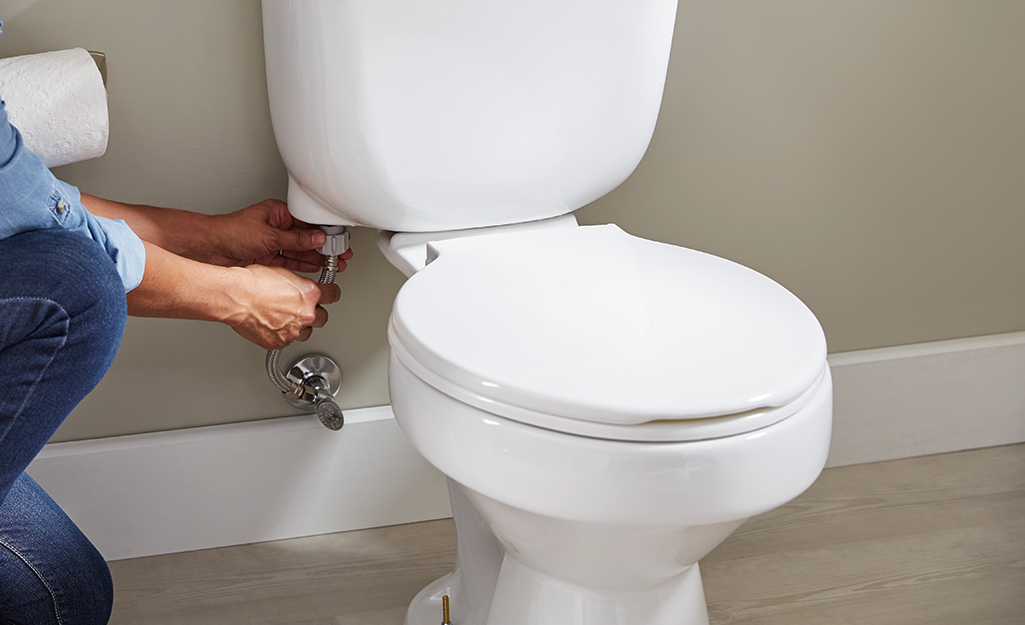Discovering a bathroom wet patch on the ceiling can be alarming. It not only mars the aesthetics of your home but can also indicate underlying issues that need immediate attention. A bathroom wet patch on the ceiling is a common problem faced by homeowners, and understanding its causes is crucial for effective resolution. In this article, we will explore the potential reasons for this issue and provide solutions to tackle it effectively.

Understanding the Causes of Wet Patches
1. Plumbing Leaks
One of the most common causes of a wet patch is a plumbing leak. This could be due to faulty pipes or fixtures in your bathroom. Over time, wear and tear can lead to leaks that result in water seeping through the ceiling.
2. Poor Ventilation
Bathrooms that are not well-ventilated can accumulate moisture, which eventually leads to a wet patch on the ceiling. This is especially common in bathrooms without windows or exhaust fans.
3. Roof Leaks
Sometimes, the problem might originate from the roof. Damaged or missing roof tiles can allow water to seep in and travel down to the ceiling of your bathroom.
4. Condensation Build-up
Condensation is another potential culprit. When warm, moist air comes into contact with a cool ceiling, it can result in moisture accumulation and subsequent wet patches.
Solutions to Address a Wet Patch
5. Fixing Plumbing Leaks
To address plumbing leaks, it’s important to inspect all pipes and fixtures in your bathroom. Replacing or repairing faulty components can help resolve the issue. For guidance on checking for leaks, consider visiting sink overflow leak.
6. Enhancing Ventilation
Improving ventilation in your bathroom can prevent moisture build-up. Installing an exhaust fan or ensuring that windows are opened regularly can help ventilate the space effectively.
7. Roof Repairs
If the wet patch is due to a roof leak, it’s crucial to repair any damaged or missing roof tiles. Consulting a professional roofer can ensure the problem is addressed correctly.
8. Addressing Condensation
To combat condensation, consider insulating your ceiling. This can help maintain a consistent temperature and reduce the likelihood of moisture forming.
Prevention Tips
9. Regular Maintenance
Conducting regular maintenance checks on your plumbing and roofing can help prevent future wet patches. Early detection of potential issues can save you from more significant problems down the line.
10. Using Sealants
Applying a sealant to your bathroom tiles and fixtures can provide an additional layer of protection against leaks. Learn more about tile sealant for your bathroom.
11. Monitoring Humidity Levels
Using a hygrometer to monitor humidity levels in your bathroom can help you maintain a dry environment. This can prevent moisture build-up and protect your ceiling.
12. Professional Inspections
Scheduling regular inspections with professionals can ensure that any potential issues are addressed before they escalate. This proactive approach can save you time and money in the long run.
13. Checking for Wood Rot
Inspecting for wood rot, especially in the bathroom ceiling, can help you identify and address water damage early. For more insights, visit wood rot leak.
When to Call a Professional
14. Persistent Wet Patches
If the wet patch persists despite your efforts, it’s time to call in a professional. They can provide a thorough assessment and identify the root cause of the problem.
15. Structural Concerns
If you notice any structural damage to your ceiling, such as sagging or cracking, it’s crucial to seek professional help. Addressing structural issues promptly can prevent further damage.

FAQs
Why is there a wet patch on my bathroom ceiling?
The wet patch could be due to plumbing leaks, poor ventilation, roof leaks, or condensation build-up.
How can I prevent wet patches on my ceiling?
Regular maintenance, enhancing ventilation, using sealants, and monitoring humidity levels can help prevent wet patches.
When should I call a professional for a wet patch?
If the wet patch persists or if there are structural concerns, it’s best to call a professional for a thorough assessment.
For additional information on detecting bathroom leaks, consider visiting this guide on detecting leaks.
This article contains affiliate links. We may earn a commission at no extra cost to you.



